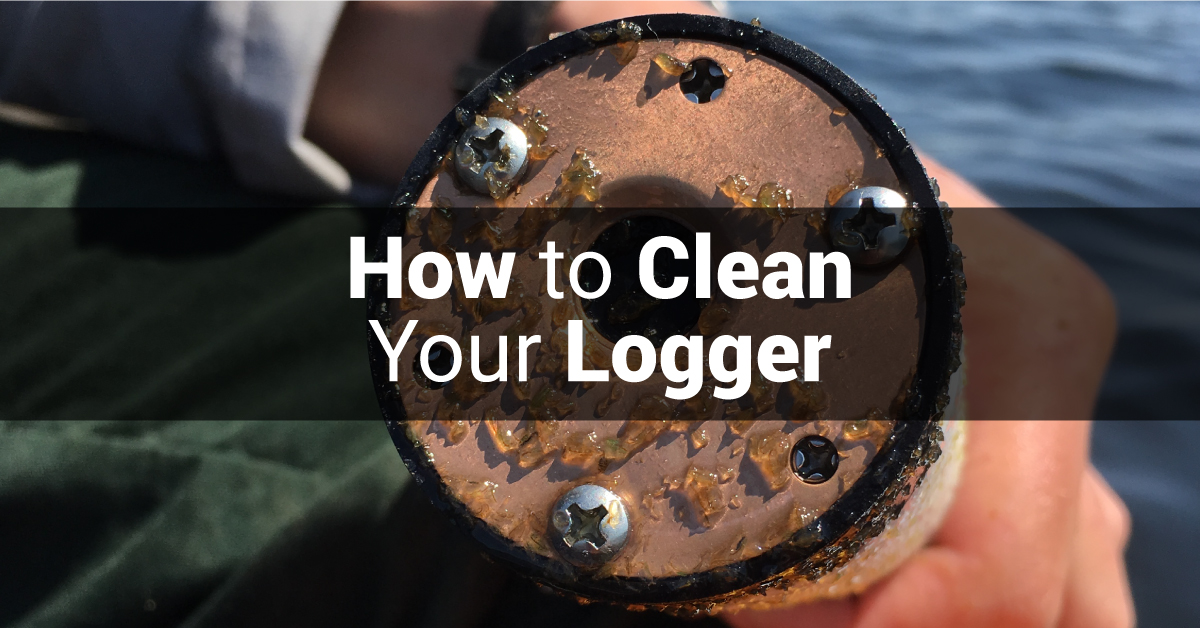
You placed your loggers in water to record accurate data, which will assist you in your research. Make certain you don’t let fouling tamper with the data you collect. We suggest cleaning your loggers at regular intervals based on the amount of fouling at your site. Typically, anti-fouling efforts can fall into three categories: prevention, mechanical cleaning, and chemical cleaning. To ensure you get the best data reporting possible, we lead you through all of them in this quick how-to guide!
Prevention
Prevention includes devices like the miniWiper that attempts to scrub off organisms before they contaminate measurements. Another way some clients prevent organisms from disrupting data is by wrapping devices with clear shipping tape. The organisms then populate on the tape, which can be peeled off and replaced as needed.
Another mechanism that works fairly well in discouraging organisms from colonizing on devices is to wrap the units with copper foil tape. Please note that with respect to the miniDOT, tape can be applied everywhere except over the oxygen sensing foil.
Mechanical Cleaning
Mechanical cleaning includes scrubbing organisms off of the units themselves. This can be done at all locations on the devices except on the oxygen sensing foil.
Chemical Cleaning
Chemical cleaning includes the use of weak acids to clean your logger. Weak acids work especially well against organisms that protect themselves with calcium shells but not as well against softer organisms. When cleaning the sensing foil, use caution to ensure the protective coating is not removed.
4 Ways to Clean the Sensing Foil
- Household Vinegar: Calcareous fouling can normally be dissolved with household vinegar.
- Q-tips: If marine growth remains after soaking in vinegar, it should be soft enough to gently scrub off with Q-tips. Should vinegar not do the trick, we recommend soaking in diluted HCI.
- 3% H202 solution: The sensing foil can also be cleaned using 3% H202 solution.
- Ethanol: The sensing foil can also be cleaned by rinsing with ethanol.
Once the sensing foil is clean, it should be rinsed well with clean tap water prior to storage or being placed back into the water. For more information on chemical cleaning, please refer to our User’s Manual.
Pro Tip: A Q-tip and soapy water works best for cleaning the sensing foil; using diluted HCL works best for cleaning off organisms attached to the logger.
The Importance of a Clean Logger
A clean logger will provide you with more reliable data for your research. Due to the need for a clean logger, PME developed the miniWIPER, a self-contained, submersible, wiping device to use in sync with a variety of sensors. To learn more about keeping your logger clean, check out how the miniWIPER can help, or contact us today!